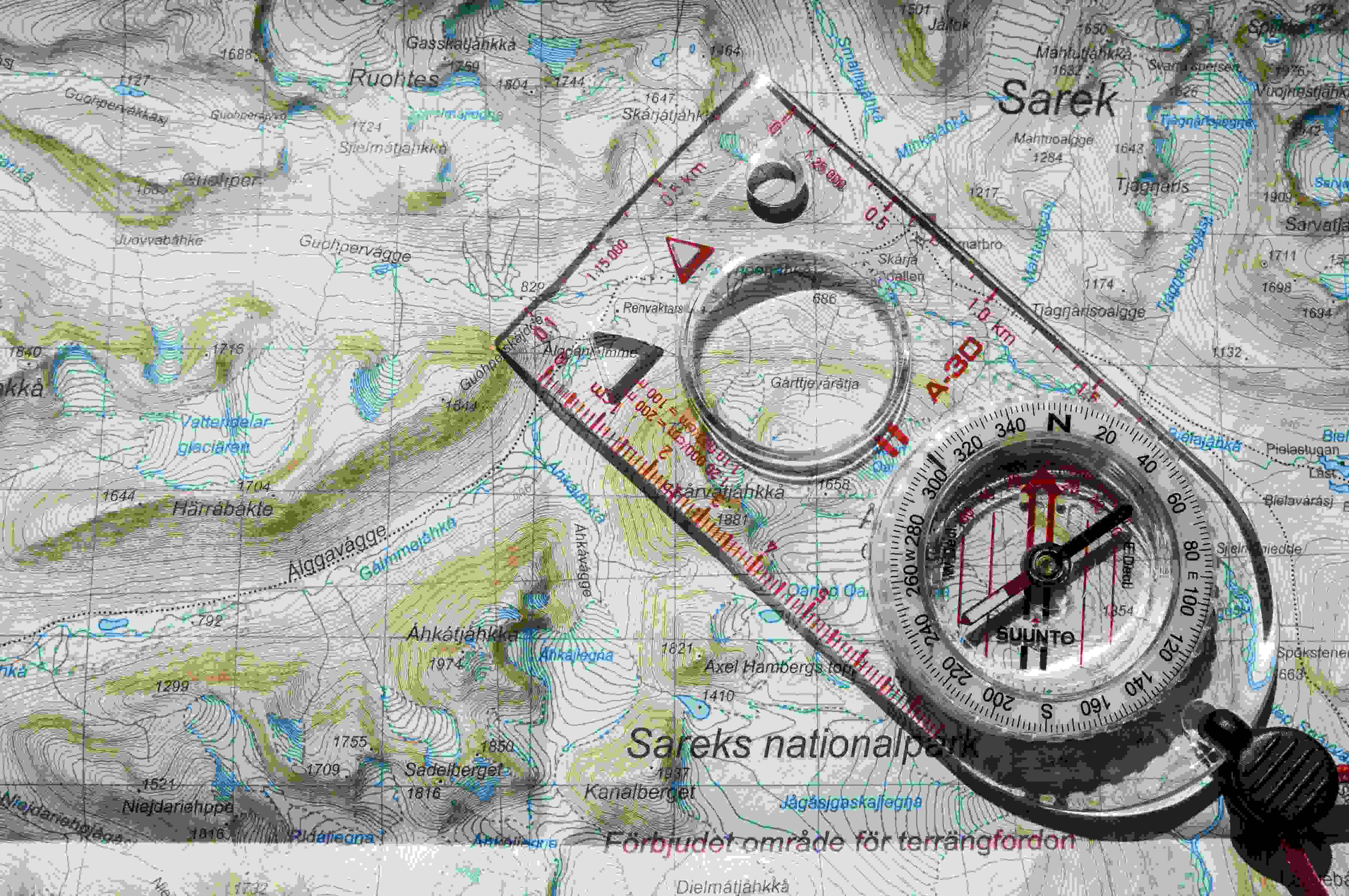
Everyone can and should be agile – But not always do agile
In their latest working paper, Professors Yves Doz and Maria Guadalupe examine whether agile can help companies grow by jumping to the next S-curve. They also look at the boundary conditions for using agile methods.
They provide us with four of these conditions: agile can only deliver benefits if (1) internal processes can be made independent from each other to minimize the frequent interdependence issues that often creep in with agile (modularity condition); (2) the need for innovation is continuous, not occasional; (3) companies can find the right balance between talented staff and opportunities to innovate. If these conditions cannot be made, (4) one can still benefit from agile by proxy, i.e. by using suppliers who have adopted it.
Although these conditions completely resonate with our own findings, their conclusion that not everyone can be agile may leave executives puzzled and asking: how do we become more adaptive and respond to our highly uncertain, fast-changing business environment then? Also, it may inadvertently mislead executives to believe that if agile is not appropriate to their context, then they can forget about agility altogether. In a survey conducted in spring 2020, we found that 36 percent of 550 executives from large companies across industries thought agility was an unclear concept, even a buzzword. This is dangerous if it becomes an excuse to entrench the status quo.
Below, we explain why and how every business can and should be agile but does not necessarily have to ‘do’ agile.
Why agility as adaptability becomes crucial
Business executives have always had to deal with some forms of turbulence and disruption. COVID, (de)globalization, the digital revolution and climate change are today’s face of fast change and uncertainty.
What is new in many industries, though, is that it’s less and less possible to be totally risk-averse and fixated on the status quo. Established companies tend to fall behind quicker than in the past either because of their inner rigidities or because they do not play to win, or both. For instance, researchers have shown that the “topple rate” at which big companies lose their leadership positions, has more than doubled between 1965 and 2012. The average lifespan of public companies in the US has decreased from around 55 years in 1965 to 32 years in 2015; and there is currently a 1 in 3 chance that a public company will perish within a 5-year period.
In our forthcoming book, Resetting Management, we explain that going forward, across sectors, boards will increasingly reward executives for their ability to grow their business despite the high levels of uncertainty and fast change surrounding them. This is where agility comes in, as a capability for unleashing inner entrepreneurship and adapting more flexibly to uncertainty.
Understanding organizational agility
In our research, we discovered that agility at the organizational level is about managing two types of competing demands. The first one is about being innovative at speed, what we call being nimble. Yet because continuous innovation can result in chaos, which is not a great state for established companies with existing shareholders and businesses, it needs to be balanced with a certain level of stability that provides the framework in which nimbleness can take place.
The second type of competing demands has to do with the need for simplifying bureaucracy, hierarchy and ways of working without over-simplifying. Indeed, established companies that operate in multiple markets and business lines can rarely take a one-size-fits-all approach. A degree of inner complexity is therefore healthy. Thus, the second tension occurs between simple and complex.
What this tell us is that if agility was only about doing things faster, it would be easy to achieve. The fact that it is about resolving inner tensions between competing objectives makes it that much harder to develop.
You can strengthen organizational agility without applying agile methods
Out of the ten companies we studied, we found three that were striving to reconcile these competing demands without using or trying to scale agile methods or structures such as squads and tribes. Each designed their organization and ways of working to suit their circumstances, competitive conditions, prior performance, and management ambition.
For Clarins, a global leader of the cosmetics industry, agility transformation was about making the traditional hierarchy simpler and nimbler by bypassing country fiefdoms and creating three types of small, empowered cross-functional teams that focused on the “what now,” “what if” and “what next” during the COVID lockdown. Working with the support of the mainstream organization to gain scale and speed, the teams were present in every country but shared knowledge across countries and with the top management team. This way of organizing was about hastening certain decisions in view of saving cash, protecting employees and customers worldwide and preparing the post-lockdown retail and supply operating models while uncertainty was at a maximum. This design was also growth-oriented as the teams were studying emerging opportunities for Clarins’s next strategic moves.
For “Luxury SA”, a global leading luxury brand, pre-COVID, the shift to agility consisted of decentralizing power to its China division to deal more effectively with the transient and unpredictable buying propensities of China’s globetrotting travelers. It did so by linking international operations much more strongly with one another and standardizing processes and IT systems to serve those consumers better. As a result, Luxury SA established itself among the top three of the most preferred luxury brands in China.
Whereas in both companies the traditional hierarchy was still highly recognizable, China’s appliance maker Haier presented a radically new type of organizational design where hierarchy and bureaucracy had almost disappeared. With its network of thousands of microenterprises (small teams, wholly empowered but within the boundaries of their product category and within a stable, clearly communicated and KPI-ed strategy), Haier was even more entrepreneurial and flexible than Luxury SA and Clarins. It had to be, if it wanted to accommodate the hypercompetitive conditions of the Chinese market, thinner margins, and a much higher level of digital disruption.
The power of organizational design for agility
There are three lessons for decision-makers:
- Your starting point should be to understand the principles of organizational agility that guide organizational design choices
What our case studies reveal is that whether companies use agile or not, every shift towards greater organizational agility entails a large role for small, cross-functional teams, empowered to innovate around the customer and with full transparency (nimble). They do this in the framework of a well-communicated strategic direction and with clear accountability and performance measures that provide alignment and appropriate resource allocation (stable). These businesses also cut down hierarchical layers and bureaucratic processes (simple) where this is sensible to do: different countries or business divisions might require different approaches to building greater flexibility (complex). Meanwhile, organization-wide learning by extensive documenting of what has been done and learned, combined with sound processes that support the intensive scanning of external shifts, make the organization more sophisticated in dealing with uncertainty.
- Being agile is not (always) about doing agile
Once this is clear, executives can then design an organization that breathes life into these principles. Defaulting to agile is far from a must. In fact, the ten companies we studied make widely different design choices, yet they follow the same agility principles.
What matters here is to calibrate the balance between stable-vs.-nimble and complex-vs.-simple in ways that suit your business circumstances. Also, it is to recognize that competitive advantage comes as much from your strategies as from how you execute them. Even without ‘doing’ agile, Haier has achieved levels of entrepreneurship and adaptability that have forced its competitors to play catch-up.
- Getting agile right will secure better digital execution
Doz and Guadalupe are right to remind us of the boundary conditions of agile when it is needed. In the seven companies that were deploying agile methods and scaling agile squads and tribes, we found another boundary condition: businesses need to pay attention to how they structure the deployment of these methods since this will impact their outcome.
Boundary conditions or not, there is a space where agile is likely to assert itself, outside the context of large-scale organizational agility: That space has been staked out by digital transformation and creating more impact with IT in your business.
Most digital transformations fail because companies approach them in silos, thus keeping IT far too removed from the businesses. We see a growing trend in organizing IT whereby business managers act as product owners who set the digital transformation KPIs while IT experts are grouped into chapters and work in cross-functional teams. Along this path to better digital execution, a reduced but highly strategic central IT will secure the choice of strategic partners, fix the direction (stability) and establish common standards, for instance as regards data security (simplicity).
With or without agile, organizational agility is bound to become an essential quality in many industries.
Research Information & Knowledge Hub for additional information on IMD publications
in I by IMD
Research Information & Knowledge Hub for additional information on IMD publications
Research Information & Knowledge Hub for additional information on IMD publications
in I by IMD 18 February 2025
Research Information & Knowledge Hub for additional information on IMD publications
in I by IMD Brain Circuits 14 February 2025
Research Information & Knowledge Hub for additional information on IMD publications
in I by IMD 14 February 2025
Research Information & Knowledge Hub for additional information on IMD publications
in I by IMD 13 February 2025
Research Information & Knowledge Hub for additional information on IMD publications
in I by IMD 11 February 2025
Research Information & Knowledge Hub for additional information on IMD publications
in I by IMD Brain Circuits 11 February 2025
Research Information & Knowledge Hub for additional information on IMD publications
Research Information & Knowledge Hub for additional information on IMD publications
in I by IMD 6 February 2025
Research Information & Knowledge Hub for additional information on IMD publications











